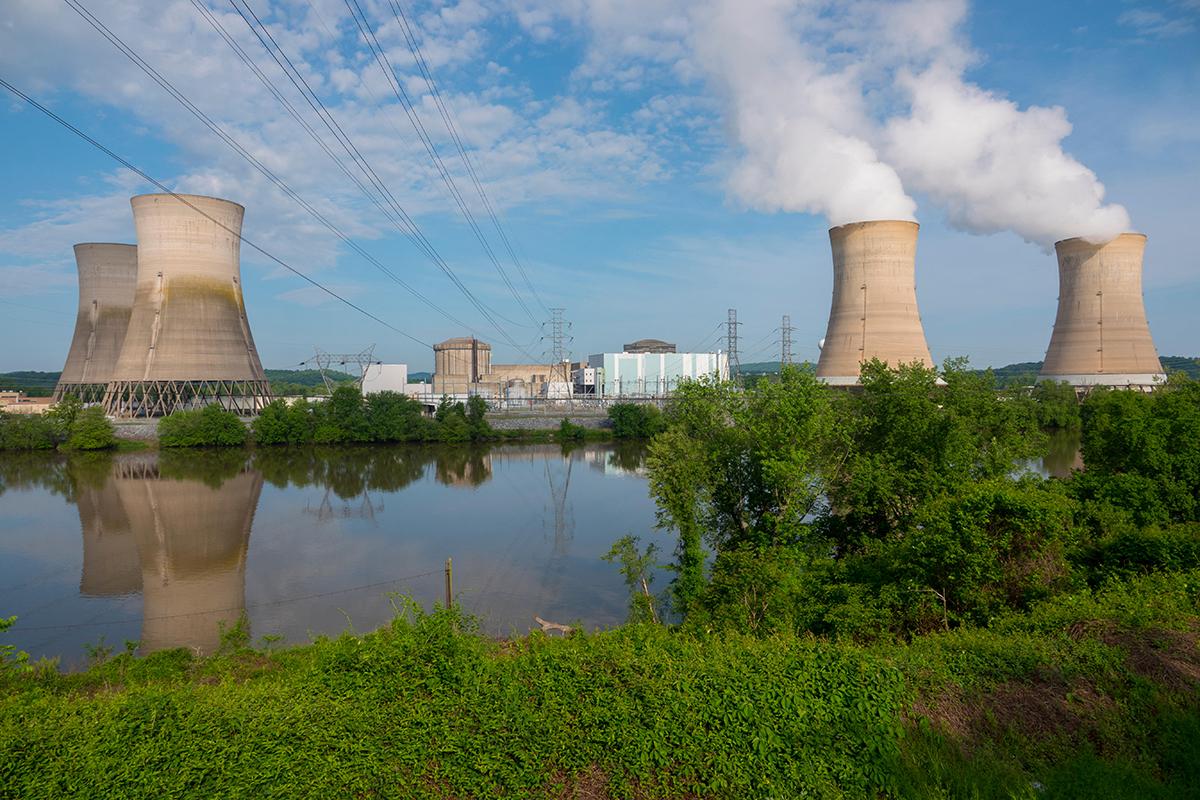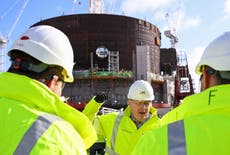Three Mile Island: The real-life meltdown behind the Netflix show
Pennsylvania facility was was the site of the worst nuclear accident in US history

Your support helps us to tell the story
From reproductive rights to climate change to Big Tech, The Independent is on the ground when the story is developing. Whether it's investigating the financials of Elon Musk's pro-Trump PAC or producing our latest documentary, 'The A Word', which shines a light on the American women fighting for reproductive rights, we know how important it is to parse out the facts from the messaging.
At such a critical moment in US history, we need reporters on the ground. Your donation allows us to keep sending journalists to speak to both sides of the story.
The Independent is trusted by Americans across the entire political spectrum. And unlike many other quality news outlets, we choose not to lock Americans out of our reporting and analysis with paywalls. We believe quality journalism should be available to everyone, paid for by those who can afford it.
Your support makes all the difference.Forty-three years after the Three Mile Island nuclear disaster, a new generation of Americans can learn about it on Netflix.
The streaming service’s new documentary series, Meltdown: Three Mile Island, debuted on 4 May, and uses a combination of historical footage and reenactments to tell the story of the worst nuclear accident in US history.
But what was the real Three Mile Island, and why are Americans still talking about it? Even four decades later, learning the full story isn’t easy. Maemories of the event have grown hazy, and official reports at the time were incomplete and sometimes misleading. Here’s a look at what we do know.
The meltdown
The Three Mile Island Nuclear Generating Station was a nuclear power plant – now closed – in Londonderry Township, Pennsylvania. It had two reactors: TMI-1 and TMI-2.
TMI-2 is where things went wrong. At about 4am on 28 March, 1979, water-coolant pumps at the reactor began to fail, causing it to overheat. Unbeknownst to the operators, a relief valve was stuck open, allowing precious cooling water to leak out – even as the chamber appeared to be full. Confused, the operators shut off the pumps, leading the reactor to overheat even further.
Radiation levels at TMI-2, and eventually all over the Three Mile Island facility, began to skyrocket. Fearing an explosion, engineers began releasing radioactive steam into the atmosphere, potentially exposing the community to harmful radiation – something they would do several more times over the next two days.
Eventually the company running the reactor, Metropolitan Edison (Met-Ed), shut TMI-2 down. Years later, when scientists were able to fully assess the damage, they found that half of the reactor’s core had melted.
The confusion
According to a timeline put together by the Patriot-News, the first press conferences on the incident came on the morning of 28 March, and largely downplayed the seriousness of what was happening.
At about 11am, Pennsylvania’s lieutenant governor, William Scranton III, said the situation was “under control” and there appeared to be “no danger to public health or safety.” As he spoke, engineers were venting radioactive steam into the air.
About two hours later, a Met-Ed official named John Herbein reassured the public as well, saying the “plant’s in safe condition.”
Government officials resisted issuing an evacuation order, even after an “uncontrolled” burst of radioactive gas was released at around 7am on 30 March. At 10:35am, a press secretary for Pennsylvania governor Dick Thornburgh said there was “no need to evacuate.”
About two hours later, Mr Thornburgh himself advised pregnant women and young children to leave the area, and closed 23 schools – but did not order a full evacuation. Many residents decided to leave town on their own.
The legacy
The crisis finally ended on 2 April, when the TMI-2 reactor began to cool. In the immediate aftermath, the disaster caused no known injuries or illnesses, and years later, most studies found that the long-term health impacts were insignificant (although some experts disagree).
But the accident certainly had an emotional impact. Fear of nuclear disasters, and distrust in government statements about them, poisoned public opinion of nuclear power for decades. That fear was only compounded by the disasters at Chernobyl in 1986 and Fukushima in 2011, stalling the industry’s growth in the US.
In 2019, the TMI-1 reactor was shut down due to financial losses, closing what remained of the Three Mile Island Nuclear Generating Station. Today, the public is reminded of the disaster only by the plant’s eerie, disused cooling towers– and by the Netflix show.





Join our commenting forum
Join thought-provoking conversations, follow other Independent readers and see their replies
Comments